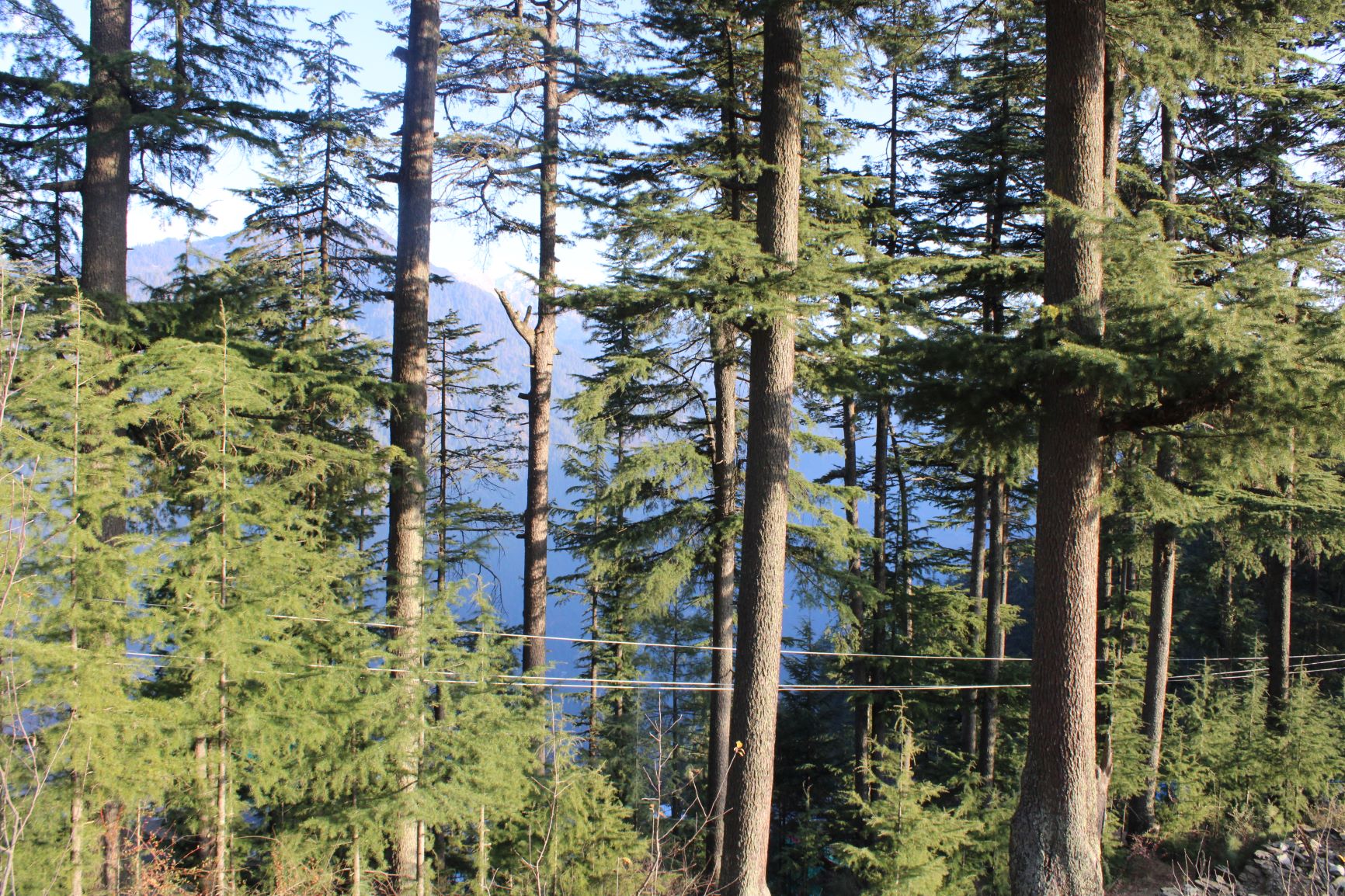Global forest cover losses rise despite lockdown

In 2011-2019, area under open forests in India rose by almost 6 pc, but medium dense forests declined by 3.8 pc (MIG photos)
The year 2020 saw a 12 pc rise in the area of tree cover lost which rose to 12.2 million hectares, says the Global Forest Watch in its report for the year. The report goes on to say that about 4.2 million hectares or a landmass equivalent to the Netherlands of virgin primary forests, that have existed for millions of years and are amongst the richest store houses of biodiversity, were also lost in the year gone by. The loss of primary forest also led to carbon emissions of 2.64 Gigatonnes, over 6 pc of the total emissions in the year 2019, says the report by GFW, which is part of World Resources Institute, an environment-oriented think tank and activist group.
The report is indeed shocking considering that around the world most of the past year was spent in battling the coronavirus pandemic and there were frequent lockdowns, curbing economic activities and hence cutting demand for all materials including timber. In addition, exactly a year ago, the first reports had appeared in global media about the extremely positive impact that the lockdowns had on environment with the emergence as clear, blue skies, refreshed water bodies and renewed wildlife across the world.
But by June it had become clear that the world had learnt nothing from its mistakes and protecting environment or making businesses sustainable were not really the priorities. Forest destruction was high on the list of missed targets for governments across the world as media reports from countries as far away and diverse as Siberia in Russia, Australia, Amazon in Brazil and large parts of central and western Africa portrayed huge forest fires raging for weeks on end.
Ironically, way back in September 2014, at the United Nations Climate Summit countries, companies and international organisations set a goal cutting the global forest loss in half by 2020 and stopping it entirely by 2030. This was the Goal 1 of the New York Declaration on Forests (NYDF), a voluntary and non-binding international declaration to take action to halt global deforestation. It was first endorsed at the United Nations Climate Summit in September 2014. It is evident that this target like almost all the other climate related goals has been missed by a wide margin.
Amidst this deluge of negative news, one of the brighter spots of news has come from India which recorded a marginal rise of 3 pc in its total forest cover from 692,027 sqkm in 2011 to 712,249 sqkm, according to the biennial State of India’s Forest Report 2019. India has set a target of bringing 33 pc of its geographical area under forest cover, up from the current 21.67 pc. While releasing the report, Indian environment, forests and climate change minister Prakash Javadekar said India was among few countries in the world where forest cover was consistently increasing.
However, on closer look, the rise in Indian forests is mainly on the back of open forests, basically commercial plantations, while the medium dense forests, denser forests located close to human habitations. In 2011-2019, area under open forests rose by almost 6 pc, but medium dense forests declined by 3.8 pc, a loss of 12264 sq km. Just three per cent of India’s geographical area is home to very dense forests, that are defined as forests with a canopy cover over 70 pc. This category of forests grew only by 1.14 pc between 2017 and 2019.

GFW holds India responsible for the forest loss in other countries, as it is one of the largest importers of timber
The Global Forest Watch report 2020 says that while India has implemented a ban on cutting trees without approval by government committees, therefore limiting its impact on large-scale deforestation in country. However, there is immense pressure on forests due to developmental needs of the country. Diversion of forest lands for development purposes, such as industrialisation, roads and irrigation projects has led to much forest loss. It says that since 1980, India has lost 1.5 million hectares of forest lands and most of which occurred from 2000-2020.
A huge threat to the country’s remaining forests comes from the recent decision of the government to do away with several checks on diversion of forests for industry or other ‘developmental’ projects like mining, industrialisation, construction rail, power lines and roads even through the buffer zone that protects the core zone of the forests. Diversion of forest land for other purposes continued in 2019 as about 120 sq km forest land was used for mining, construction, industry and a total of 12,800 sq km has been encroached.
Besides loss of forests in the country, GFW also holds India responsible for the forest loss in other countries. The GFW goes on to say that one impact of the ban on felling is that India is now one of the world’s largest importers of timber and between 1994 and 2006, timber import increased 16-times over. India is also the world’s largest importer of palm oil, constituting 23 pc of total global demand from plantations in Indonesia and Malaysia. In the absence of policies that regulate how imported palm oil or timber is produced, India is a large contributor to large-scale deforestation in these countries, the report says.









